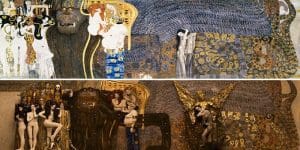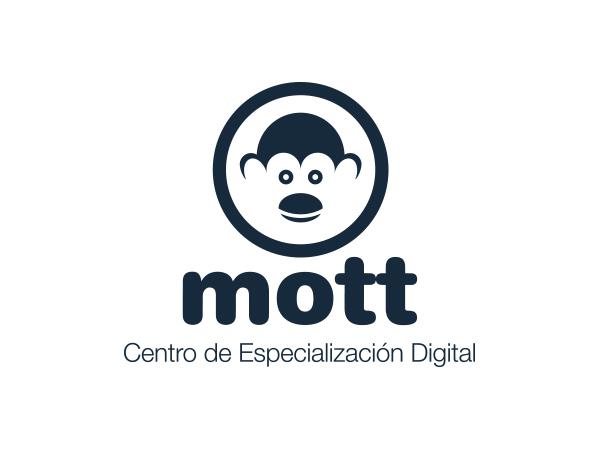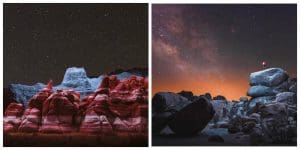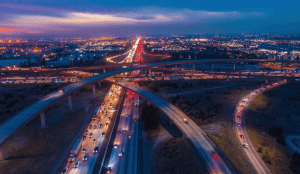National Geographic muestra sus mejores fotos de Instagram del 2017
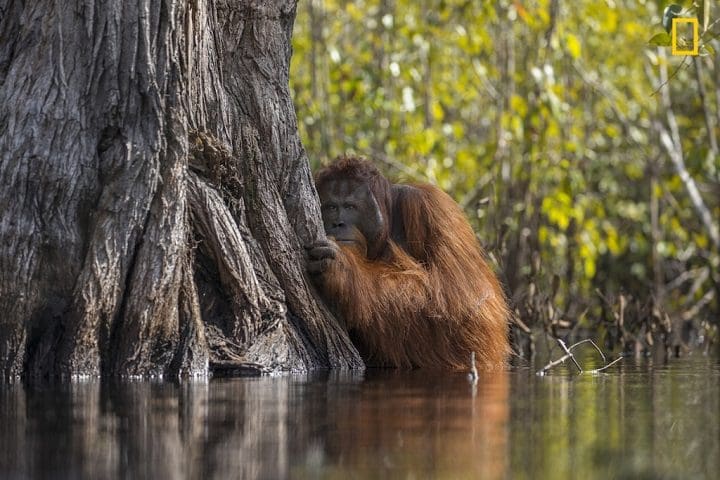
La National Geographic es conocida por tener las mejores fotos de naturaleza, vida salvaje y sociedad; por ello ha lanzado una muestra de sus mejores fotos de Instagram del 2017, donde encontraremos fotografías hechas en mar, tierra, aire y hasta la última fotografía de Jayaprakash Joghee Bojan, quien ganó el premio a Fotógrafo del año National Geographic Nature 2017.
Además de darnos sus mejores 18 fotos de Instagram, recordemos que la cadena sumó más de 17 millones de seguidores, 6 millones de comentarios y 1,4 mil millones de likes. También expandieron sus cuentas, las cuales se dedicaron a una cierta rama de la fotografía, estas fueron @NatGeoTravel y @NatGeoAdventure. Sin duda fue un gran año para nuestros amigos de National Geographic.
Conoce las 18 mejores fotografías de la National Geographic en Instagram
1. Kauai con su mono mascota, de Charlie Hamilton James (@chamiltonjames)
1,964,027 likes
Un niño de la comunidad Awa con su mascota. Los awas se caracterizan por tener animales salvajes como mascotas y en especial a monos. Ya que al ser bebés son muy dóciles, queridos y siempre están durmiendo en las cabezas de las personas, especialmente cuando son jóvenes
La caza de estos monos bebés se dan después de que se mata a sus padres para comerlos.
2. Iguanas marinas de Galápagos, de Thomas Peschak (@thomaspeschak)
1,778,878 likes
Iguanas marinas que viven al borde del mar de Galápagos. Esta especie es la única que puede estar en algas de agua fría.
3. Oso polar muerto de hambre, de Cristina Mittermeier (@CristinaMittermeier)
1,749,962 likes
Un oso polar muerto de hambre. Cuando se le consultó al fotógrafo por qué no ayudaron al oso dijeron lo siguiente: Es ilegal alimentar animales silvestres, además que este tipo de osos polares necesitan varios cientos de kilos de carne para sobrevivir.
Lo único que pudimos hacer fue ayudar a conectar a una audiencia mundial con el problema que enfrentamos como especie hoy en día. Es cierto que no sabemos qué causó la muerte de este animal, pero estamos seguros de que a menos que reduzcamos las emisiones de carbono, el hielo marino seguirán desapareciendo y muchos más osos morirán de hambre.
4. Eclipse, de Jimmy Chin (@jimmy_chin)
1,745,980 likes
Eclipse tomado en el momento exacto.
5. Perro groenlandés, de Ciril Jazbec (@ciriljazbec)
1,616,816 likes
Perro groenlandés usado como perro de trabajo que los Inuit usan para trineos tirados estos animales.
Pero cada vez se están utilizando menos debido a la desaparición del hielo marino, por ello ahora se han vuelto inutilizables por lo que algunos cazadores prefieren dispararles. Pues es demasiado costoso mantenerlos y alimentarlos durante todo el año, ya que solo pueden usarlos durante períodos de tiempo cada vez más cortos.
6. Cara a cara en un río de Borneo, de Jayaprakash Bojan (@Jayaprakash_bojan)
1,611,202 likes
Ganador del premio “Fotógrafo del año National Geographic Nature 2017”.
En la fotografía se ve a un orangután macho mirando desde atrás de un árbol mientras cruza un río lleno de cocodrilos. También se quiere mostrar el impacto que causa la deforestación en las selvas donde habitan estos animales.
7. Beso de focas arpa, de Brian Skerry (@BrianSkerry)
1,553,545 likes
Golfo de San Lorenzo – Dos crías de focas arpa tocándose la nariz y oliéndose, una forma de reconocerse entre ellas.
8. Ojo a ojo, de Frans Lanting (@FransLanting)
1,547,953 likes
La mirada de un puma macho en Belice.
Frans Lanting: “Dentro de cada animal hay un individuo con sus propias emociones y necesidades. Cuando fotografío animales trato de resaltar sus personalidades de la misma forma que los fotógrafos lo hacen con sus sujetos.”
9. Súper mamá, de Frans Lanting (@FransLanting)
1,485,894 likes
Fotografía de un guepardo bebé junto a su madre, quien protege a su cría del hábitat salvaje en donde viven. La tasa de muerte de esta especie es de un 95 porciento, debido a la gran cantidad de leones y hienas.
Te puede interesar:
- Ganadores del concurso National Geographic 2017
- Fotógrafo de National Geographic revela sus secretos para capturar paisajes perfectos
10. Zorro rojo en la carretera, de Corey Arnold (@arni_coraldo)
1,472,360 likes
Zorro rojo en las carreteras de Unalaska, Alaska. Donde personas a pie y conductores le arrojan comida.
11. Pez payaso mira desde los tentáculos de un anémona, de David Doubilet (@DavidDoubilet)
1,440,194 likes
Fotografía tomada en los mares de Papúa, Nueva Guinea. Pez payaso junto a una anémona, donde la anémona le da refugio al pez y a su familia, y éste mantiene a los depredadores de la anémona.
12. Eclipse desde las alturas, de Babak Tafreshi (@babaktafreshi)
1,424,865 likes
Es la primera foto del eclipse tomada desde las alturas, por Babak Tafreshi, quien fotografió desde un avión este gran acontecimiento del universo.
13. Pequeño Bambi, de Charlie Hamilton James (@chamiltonjames)
1,414,715 likes
Un pequeño venado capturado por una cámara trampa, las cuales ayudan a los fotógrafos a capturar momentos y movimientos impensables.
14. Perros dugongos, de Jennifer Hayes (@jenniferhayesig)
1,392,565 likes
Islas Filipinas. Perros abandonados y desnutridos en los alrededores de la playa, buscando comida y compañía.
15. Camuflaje, de Stefano Unterthiner (@stefanounterthiner)
1,362,027 likes
Un pequeño animalito de las montañas. Camuflado entre las montañas bañadas por la nieve.
16. Leopardo de las nieves, de Steve Winter (@stevewinterphoto)
1,361,291 likes
Leopardos de las nieves transitando en los alrededores de las zonas de alta montaña en Asia, la principal fuente de agua para los millones de habitantes que habitan el lugar.
17. Cachorros de guepardo observan a su madre cazar, de Frans Lanting (@FransLanting)
1,308,404 likes
Fotografía tomada en Tanzania. 3 cachorros de guepardo ven cazar a su madre por primera vez. Ellos pasaron un mes dentro de una cueva protegidos de leones, hienas y leopardos, pues más de la mitad de los cachorros guepardo no sobreviven a su primer mes.
18. Ola nevado, de Andy Mann (@andy_mann)
1,278,176 likes
Tomada en las costas de Sahara Occidental. Una ola que tiene el pico de la forma de un nevado.

